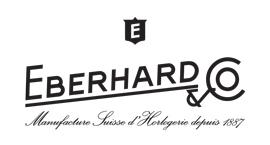In the jewellery trade, they say that diamonds are forever. In watchmaking, it would not be too much of a stretch to say that metal bracelets (mainly gold, steel, titanium and platinum) have enjoyed a similar reputation. But it’s not entirely accurate. For a few years now, the rubber strap has been gaining ground. It offers so much added value that it has caught up with its illustrious predecessor. In terms of strength and durability, but also creativity, performance and even development costs, rubber is becoming an increasingly valuable material.
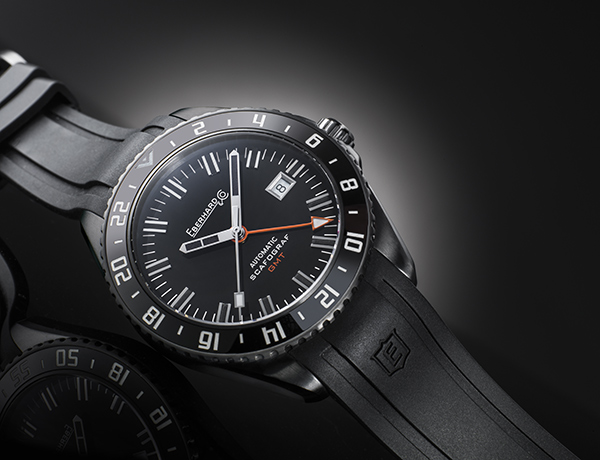
An essential ingredient
No one in the watch world denies the central role played by the company Biwi in the gradual (r)evolution of rubber. The family firm based in Glovelier in the Swiss Jura has earned the respect of some of the industry’s biggest names. Discretion, it seems, is one of its key attributes. We are unlikely to find out much about the major companies it supplies, except for the fact that Richard Mille has always enjoyed a productive partnership with the firm, including the creation of a transparent rubber strap that took two years to develop.

There are two main reasons why rubber straps have reached such a level of popularity and technical accomplishment: because of what they can do, and what can be added to them. The first category covers shapes, materials and colours, but also anti-bacterial and thus anti-odour treatments. Anything is possible. Or almost anything.
In terms of what can be added, the list is also virtually endless. The Kilada watch by Hysek, for example, features an H-shaped insert in its rubber strap, a reference to the brand’s initial. The H can be made of steel, titanium or gold, depending on the model.
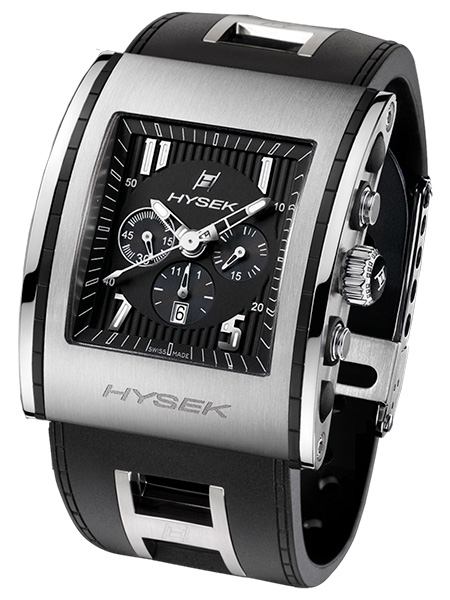
Where the rubber meets the road
The other major feature of rubber is its association with car tyres. This applies to almost all the auto-inspired brands. Chopard was a pioneer in this respect. The most iconic example is a strap with the same profile as a Dunlop tyre from the 1960s. This was the tyre chosen by Karl Scheufele, the father of Karl-Friedrich Scheufele, for his car collection. At the time, it was considered the best tyre on the market. In 1995, Chopard decided to reproduce the tread in its Mille Miglia collection.

The idea was taken up two years later by another Geneva watchmaker, Patek Philippe, for the famous “Tropical” strap, produced in 1997 exclusively for the Aquanaut. The strap spent more than a year in development. Its manufacture required several specific operations, and the use of a number of different machines, including a 150-tonne press.
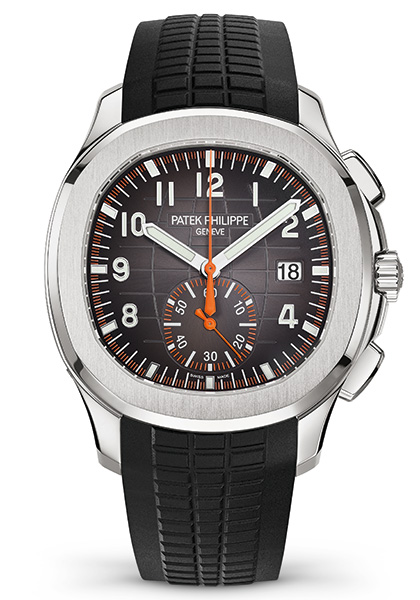
The latest example of a tyre-watch strap hybrid comes from Roger Dubuis. As part of its partnership with Pirelli, the watchmaker has made straps from actual Pirelli tyres that have won races. Every model in this highly exclusive collection is matched with one of Pirelli’s seven famous coded colours. The watch even has a “Sottozero” variation with a studded strap, in reference to Pirelli’s well-known snow tyre.
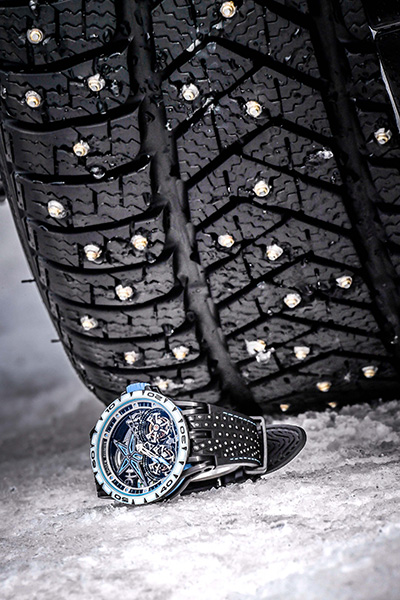
Future promise
Rubber straps are developing quickly but, given their relatively recent arrival, there remain many avenues to explore. One possibility is the addition of luminescent material. Strength is another aspect where we are likely to see progress, given that, currently, rubber is associated with a certain thickness. The idea would be to develop a form of ultra-slim rubber that would be equally robust. Like a watch, in fact! Richard Mille’s straps, for instance, can stand up to 20 kilos of traction.

Finally, there is little doubt that bracelets will follow another major watch trend: customisation. We can expect to see some colours not yet found in the brands’ usual palettes (but which may be requested by clients), inserts of more or less exotic materials (sand from St Bart’s, leaf from a Havana cigar, crude oil from the Emirates, maybe) and shapes that no one has yet thought of (why not a rubber cuff strap?). The future is promising, but for the time being it lies in the hands of subcontractors – not a single watch brand produces its own rubber straps. But their growing relevance could change that, and we may see some mergers and acquisitions down the line.






